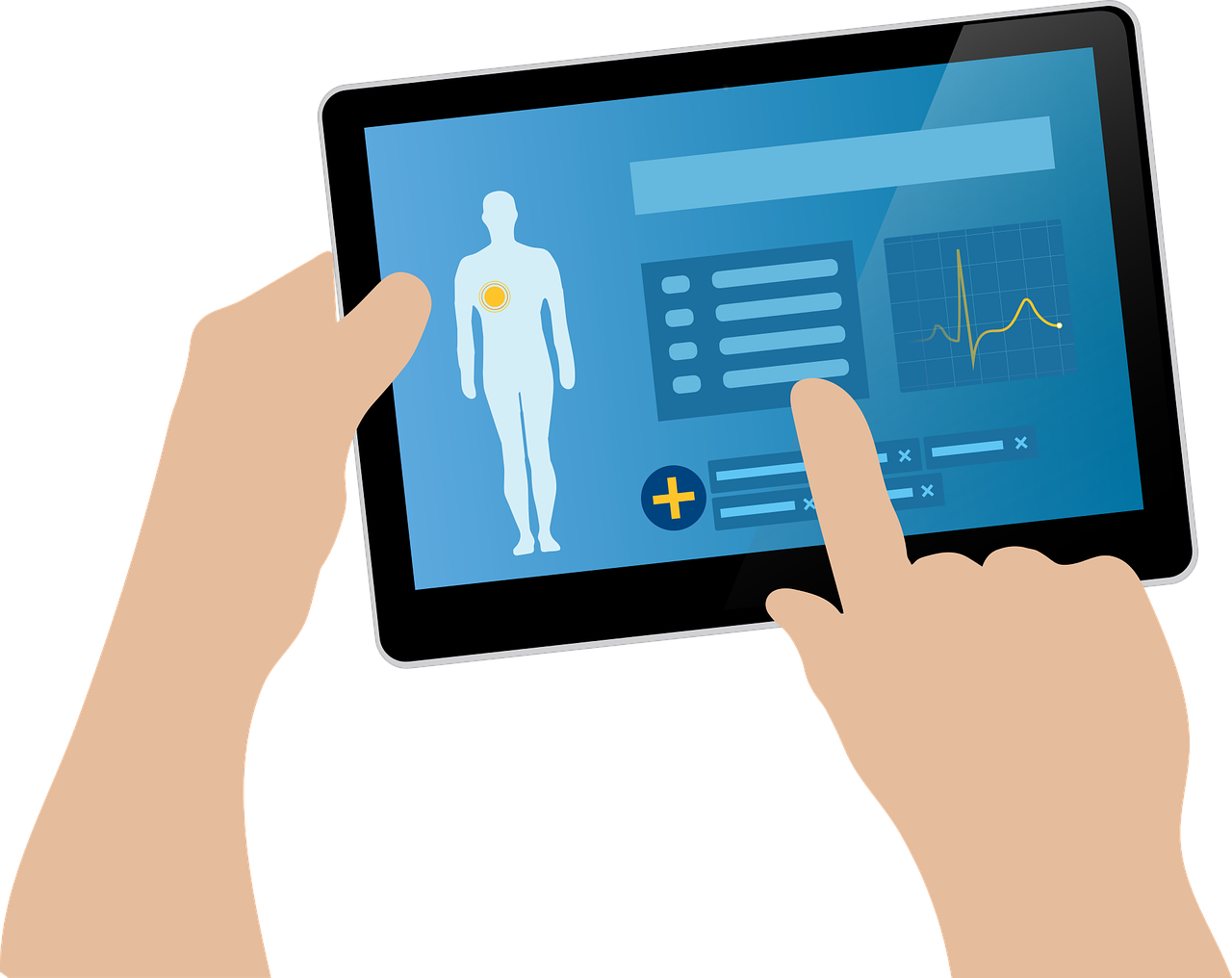 If you look at the huge divergence between the percentage of the population that lives in rural areas and the number of doctors serving those people, it becomes increasingly clear how rural communities could be well-served through health informatics. There just aren’t enough doctors to go around and so many of these people are simply not getting the healthcare services they need. In an effort to harness the power of technology, many of the leading universities are seeking ways to use informatics to fill in the gap in areas where doctors are in extremely short supply.
If you look at the huge divergence between the percentage of the population that lives in rural areas and the number of doctors serving those people, it becomes increasingly clear how rural communities could be well-served through health informatics. There just aren’t enough doctors to go around and so many of these people are simply not getting the healthcare services they need. In an effort to harness the power of technology, many of the leading universities are seeking ways to use informatics to fill in the gap in areas where doctors are in extremely short supply.
What Schools Like the University of Illinois Have Discovered
Citing the 2010 US Census statistics, the UIC (University of Illinois at Chicago) notes that currently at least 19.3 percent of the population lives in rural regions of the country but only 11 percent of practicing doctors serve those areas. Now, stop to think about that for a minute. This means that 8.3 percent of the population in rural areas are not being served by heath care providers.
Or, to look at it in another way, it averages out to eight out of every one-hundred people and that is not an acceptable figure. Even one out of every hundred is unacceptable. But to consider that more than eight people go without access to doctors is beyond belief. In a country as affluent as this, these figures truly are intolerable and that’s why a masters in health informatics program is so very important to rural health concerns.
How Can Health Informatics Help?
The first thing you need to know is exactly what health informatics is and how it would be possible to harness the technology of computer science and information technology to fill a gap in healthcare services. Basically, informatics is a system that captures, analyses, stores and retrieves data, so you can see why this could partially fill the gap in healthcare services.
By wearing devices such as blood glucose monitors or heart rate monitors, vital signs can be measured and sent to a chosen provider who will, in turn, analyze the data and either record it or communicate with the patient that it is necessary to be seen ASAP. That’s the power of health care informatics and how this growing field can serve an underserved demographic.
Now Factor in a Soon-To-Be Repealed Obamacare
If you think that a lack of doctors in rural areas is a problem, now factor in the soon-to-be repealed Obamacare. At the moment, all legal residents have been made legally responsible to have healthcare insurance but what will happen when that legal obligation goes down the drain? Currently, everyone is supposed to have coverage and a primary care provider but when Obamacare is repealed, what will happen to those rural residents who will no longer be required to participate in a plan?
These people are doing so now because the government has forced their hands, but when they no longer have a legal obligation to have health care coverage that comes with a provider or network of providers, they will be even less well-served and in greater need of monitoring systems such as wearables and health informatics.
Health informatics provides a way to monitor a patient’s state of health and communicate the findings to a remote health care provider. That is how informatics is serving rural areas. Think of it like a watch dog that is tasked with keeping you healthy in the absence of a doctor. There is probably no area of the country more in need of health care informatics than rural areas.


